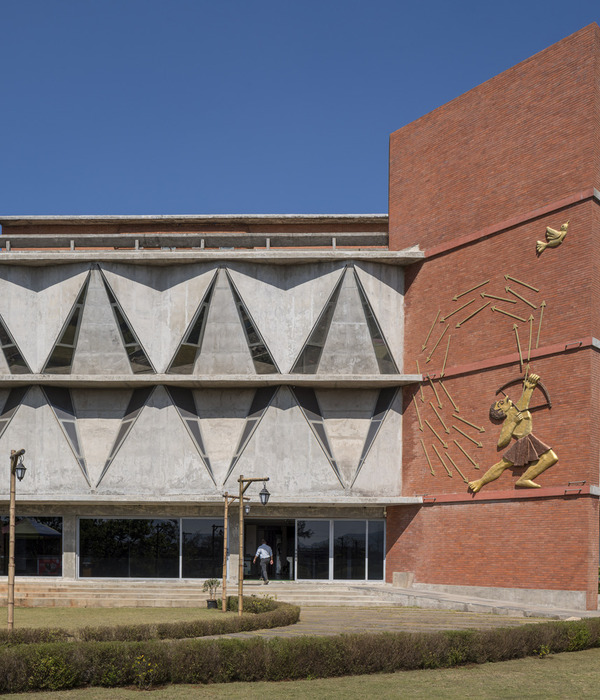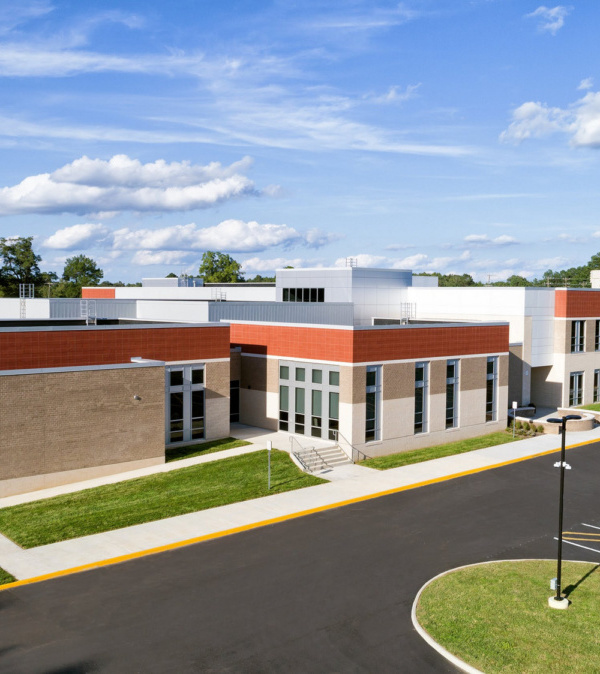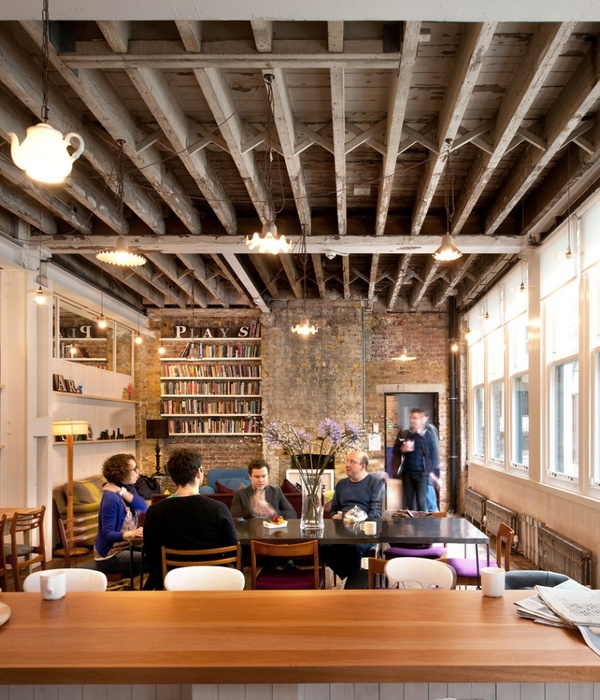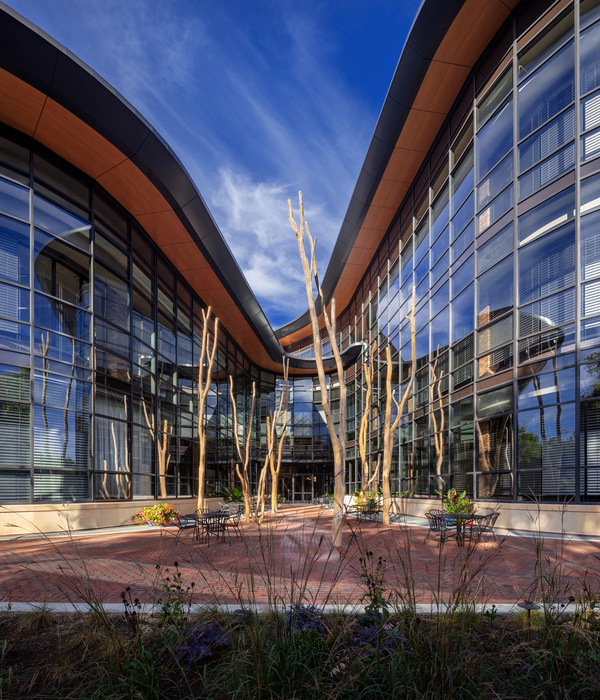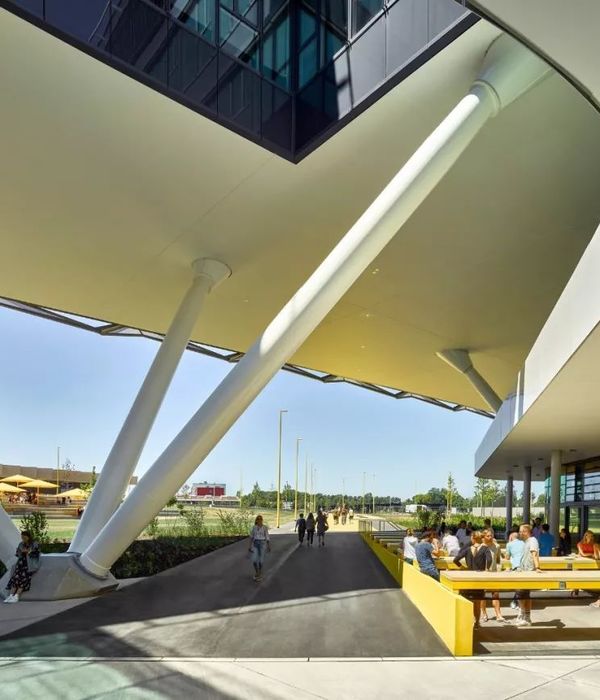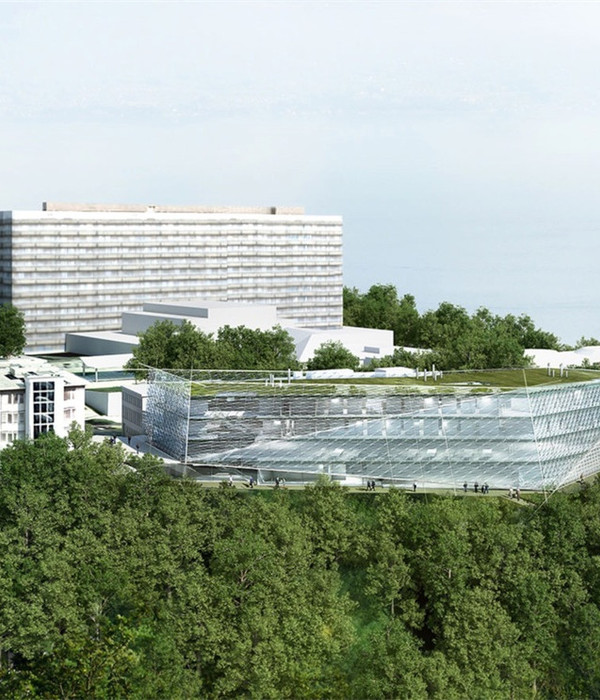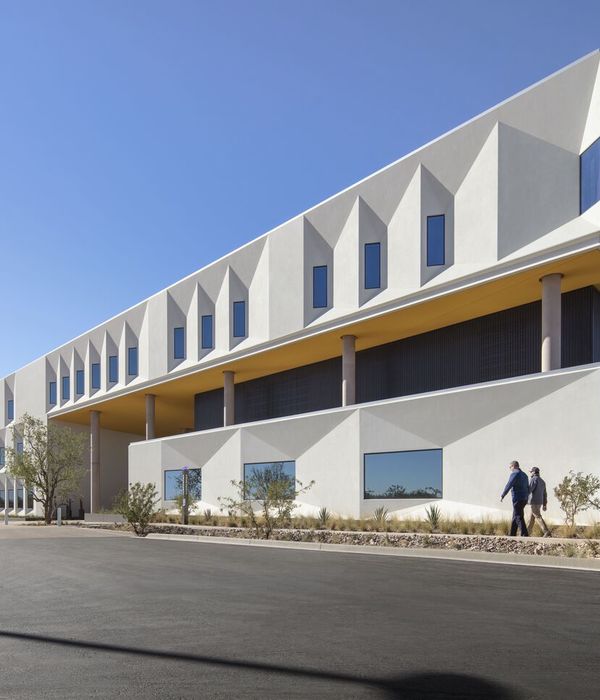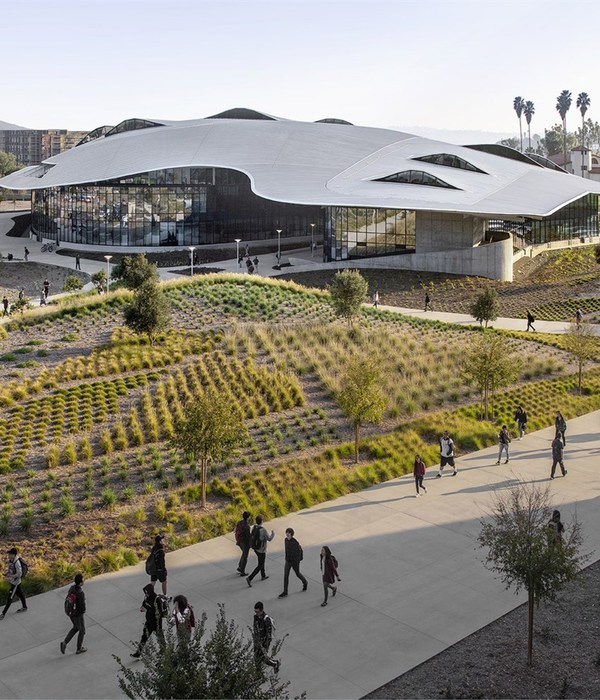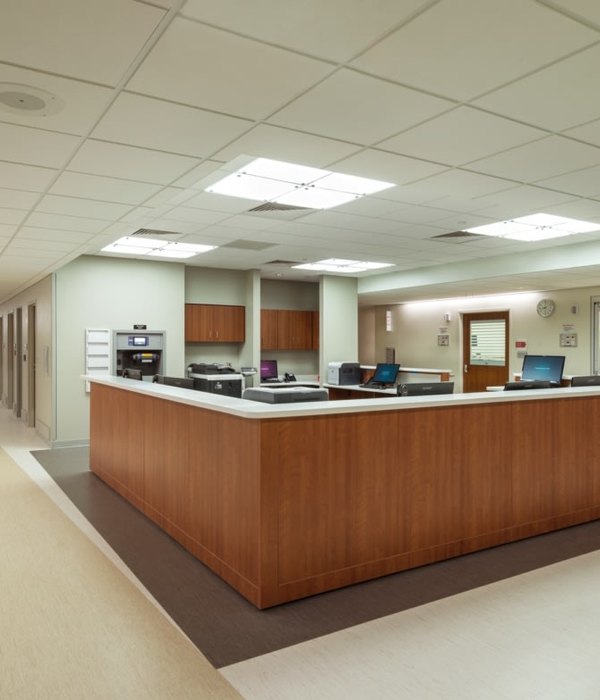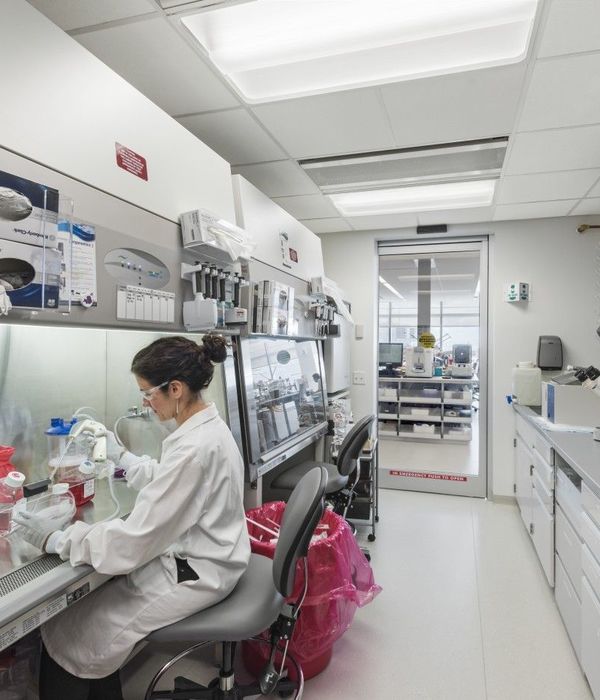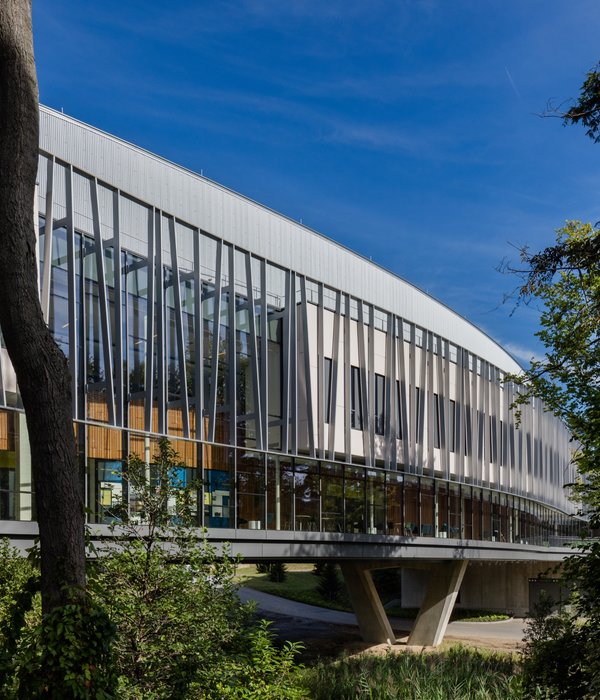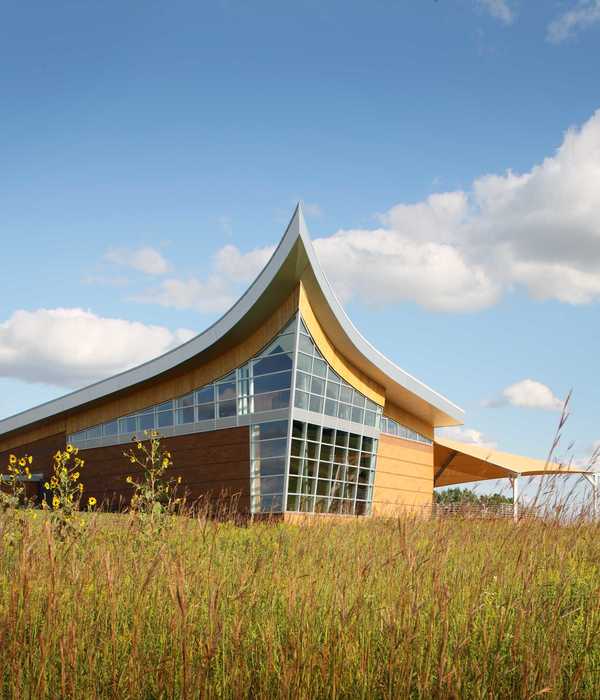Firm: Leers Weinzapfel Associates
Type: Industrial › Factory Warehouse
STATUS: Built
YEAR: 2021
SIZE: 25,000 sqft - 100,000 sqft
BUDGET: $100M +
Cities account for 70% of the world’s energy consumption. Almost 50% of the energy is used for heating or cooling. District energy systems are one of the most effective ways to mitigate climate change…” – District Energy in Cities: Unlocking the Potential of Energy Efficiency and Renewable Energy, United Nations Environmental Programme report (2015)
The District Energy Facility (DEF) embodies a state-of-the-art, cost effective, resilient, and sustainable energy generation system for Harvard University’s Allston campus. Resiliency, flexibility, and innovation are key goals for the design to transition to a fossil-fuel-free future, withstand climate impacts including storm surge flooding, and provide a reliable source of heating, cooling, and electricity on campus.
Occupying a previously deserted rail-yard, the DEF will soon be surrounded by science and engineering development, conference/hotel, and mid-rise residences. The building’s compact cubic form with rounded corners allows for flexibility of future development around it while maintaining a singular bold and refined presence. Petal-like anodized aluminum fins form a wrapper around the building, revealing, or concealing the various equipment areas, while showing technology on display. The project is a visual celebration of the numerous invisible benefits of district energy plants: resiliency, energy efficiency, reduced energy costs, decreased carbon emissions, lowered air pollution, and minimized acoustical transmission.
In addition to the many benefits of a district energy facility the construction of the new DEF will be an opportunity to contribute to infrastructure design in the urban and campus form. Formerly relegated to the “backyard” of a campus with little visibility, today’s infrastructure plants are more centrally located to serve multiple buildings in a district and face the pressures of relating in scale to nearby structures and mitigating noise and air quality. An innovative approach is required to celebrate their energy and robust beauty and make them a good neighbor.
{{item.text_origin}}

